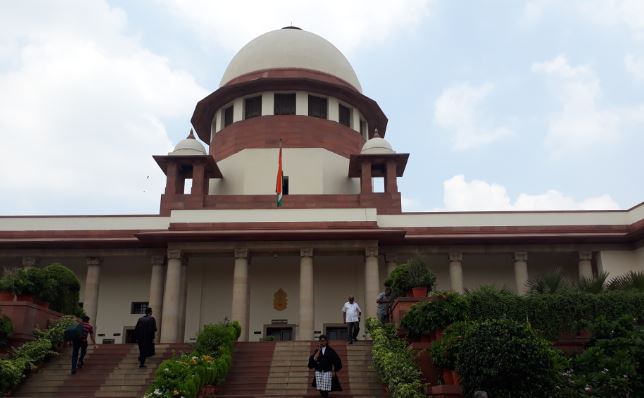Introduction
The Supreme Court’s recent directive to the Centre to draft a model policy on menstrual leave for women employees has reignited discussions on gender equality in the workplace. This pivotal decision by Chief Justice D Y Chandrachud and Justices J B Pardiwala and Manoj Misra aims to address the nuanced challenges faced by women concerning health and workforce participation.
Addressing Policy Gaps: Judicial Insights
In a significant move, the Supreme Court has mandated the formulation of a comprehensive menstrual leave policy through collaborative efforts with state authorities and stakeholders. This initiative underscores the judiciary’s stance on delegating policy matters to governmental bodies, emphasizing the need for inclusive workplace practices that accommodate women’s health needs.
Judicial Concerns: Balancing Benefits and Challenges
During proceedings, the court deliberated on the potential implications of mandatory menstrual leave on women’s employment opportunities. Expressing reservations, the bench cautioned against unintended consequences that could deter employers from hiring women, thereby contradicting the intended purpose of enhancing workplace inclusivity.
Collaborative Approach: Policy Formulation and Stakeholder Consultations
Acknowledging the multifaceted nature of the issue, the Supreme Court facilitated dialogue between petitioner representatives and government officials from the Ministry of Women and Child Development. This collaborative approach seeks to solicit diverse perspectives and develop a policy framework that addresses the varied needs of women across different sectors.
Advocacy for Women’s Rights: Legal Implications and Precedents
The court’s intervention builds upon previous considerations of menstrual pain leave petitions, affirming that policy decisions of this nature fall within the purview of governmental policy formulation rather than judicial decree. This reaffirms the judiciary’s role in advocating for systemic reforms while respecting the delineation of powers between branches of governance.
Future Prospects: Implementing Inclusive Policies
Looking ahead, the Supreme Court’s directive empowers the Ministry of Women and Child Development to proactively engage in policy deliberations that prioritize women’s health and workplace equity. By fostering an environment conducive to menstrual health management, the proposed policy aims to mitigate barriers that hinder women’s full participation in the workforce.
Key Learning Points
| Key Learning Points |
|---|
| Judicial directive on menstrual leave policy |
| Collaborative approach to policy formulation |
| Implications for workplace inclusivity and gender equity |
Soumya Smruti Sahoo is a seasoned journalist with extensive experience in both international and Indian news writing. With a sharp analytical mind and a dedication to uncovering the truth, Soumya has built a reputation for delivering in-depth, well-researched articles that provide readers with a clear understanding of complex global and domestic issues. Her work reflects a deep commitment to journalistic integrity, making her a trusted source for accurate and insightful news coverage.



